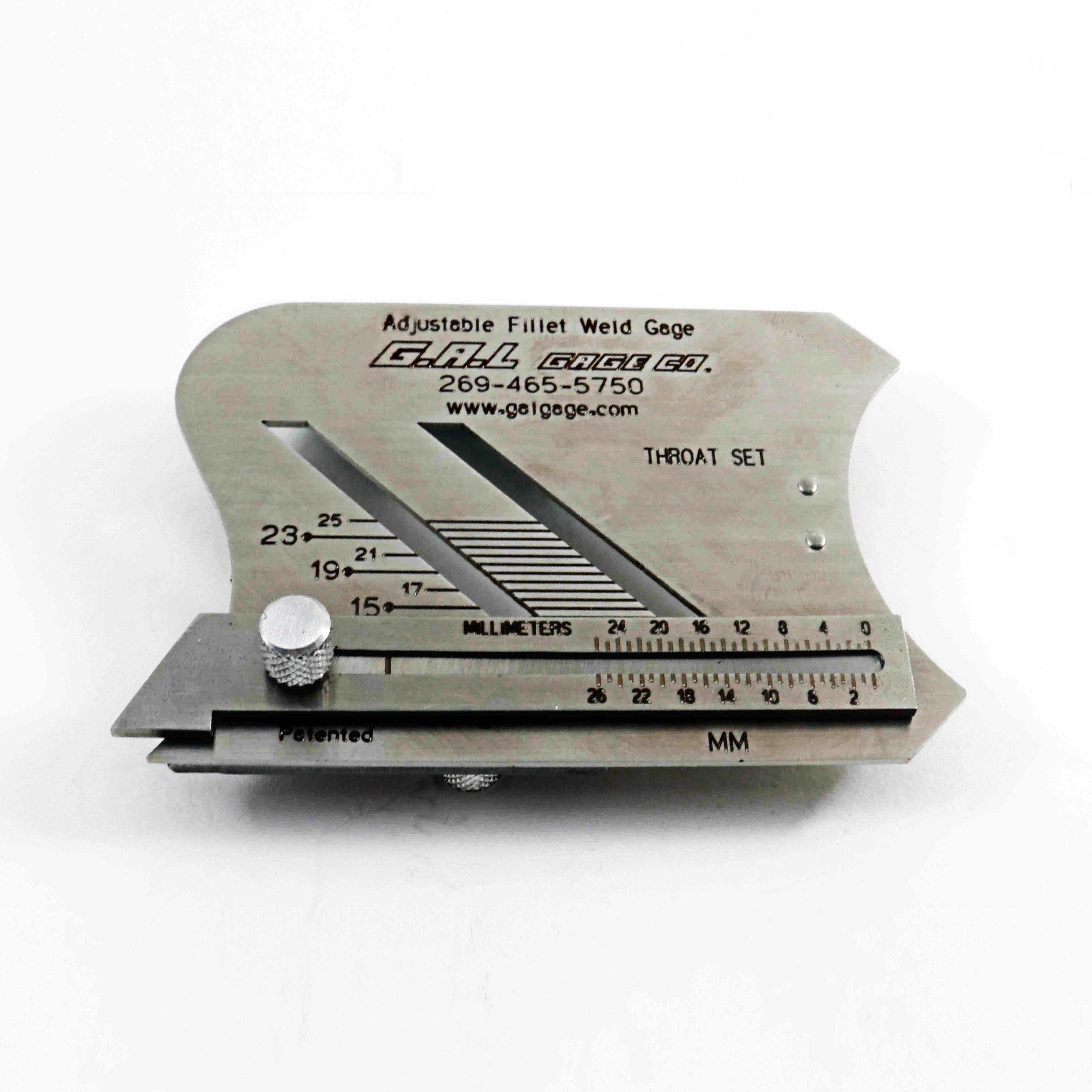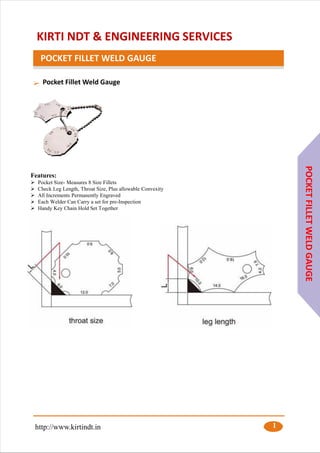Gauge Fillet Weld Basics: Finest Practices and Common Mistakes
Gauge Fillet Weld Basics: Finest Practices and Common Mistakes
Blog Article
Exploring the Advantages of Fillet Welding in Construction: Economical Solutions for Diverse Industries
In the world of fabrication, the usage of fillet welding offers an engaging suggestion for markets looking for affordable solutions without compromising architectural stability. The advantages of fillet welding extend beyond simple financial savings to include enhanced structural efficiency, adaptability across varied industrial applications, and the assurance of remarkable toughness and toughness. As we navigate through the practical benefits that fillet welding offers, a much deeper understanding arises of exactly how this welding technique can change fabrication processes across different fields.

Cost-Effective Service for Fabrication
Fillet welding works as an affordable option in construction procedures, offering both effectiveness and sturdiness. This welding strategy involves joining two items of steel at an angle, creating a triangular cross-section. The simplicity of fillet welding makes it a preferred selection in numerous markets, consisting of construction, automobile, and manufacturing.
Among the vital benefits of fillet welding is its ability to reduce material and labor costs. By making use of fillet welds rather than various other complex joint layouts, manufacturers can save cash on products and production time. Furthermore, fillet welding requires minimal prep work contrasted to various other welding methods, further lowering fabrication prices.
Additionally, fillet welds use excellent architectural strength, ensuring the durability and longevity of the fabricated components. The triangular form of the weld distributes stress extra evenly, reducing the chance of joint failure (Gauge Fillet Weld). This structural integrity not only boosts the general top quality of the finished product but additionally lowers maintenance and repair costs in the future
Improved Architectural Performance With Fillet Welding
Enhancing architectural performance with the application of fillet welding methods is a crucial facet of ensuring optimal performance and toughness in produced structures. Fillet welding plays a key duty in boosting structural effectiveness by successfully dispersing lots and anxieties throughout the welded joints. By producing a smooth shift between the connected parts, fillet welds aid to boost the overall toughness and stability of the framework.
Among the considerable advantages of fillet welding in enhancing architectural efficiency is its capability to join materials of differing densities. This flexibility enables the building of light-weight frameworks without endangering on strength. Furthermore, the smooth account of fillet welds minimizes stress and anxiety focus, which can aid protect against early failure of the bonded joints.
In addition, fillet welding makes it possible for the fabrication of complex geometries effortlessly, offering developers with even more flexibility in producing reliable and innovative structures. By optimizing the design and positioning of fillet welds, designers can optimize the architectural performance of made components, ultimately causing cost savings and boosted performance in varied markets.
Adaptability in Diverse Sector Applications
With its capability to cater to a broad range of product densities and geometric complexities, fillet welding stands as a functional construction method that locates applications throughout diverse industries. One key location where fillet welding excels is in the manufacturing market, where it is used in the production of heavy equipment, equipment, and structural components. The automotive sector likewise takes advantage of fillet welding, utilizing it in the assembly of automobile structures, chassis, and other find more important frameworks. In the building and construction area, fillet welding plays a crucial role in signing up with steel light beams, columns, and other structural aspects. Additionally, the aerospace industry relies upon fillet welding for the construction of airplane parts, guaranteeing stamina and durability in crucial components. Moreover, the oil and gas market uses fillet welding in the construction of pipelines, platforms, and tank, where the robust welds provide integrity and longevity to these structures. In general, the versatility of fillet welding makes it an important procedure in various markets, supplying affordable options for complex manufacture demands.

Superior Toughness and Sturdiness
When considering welding methods for fabricating frameworks that call for remarkable resilience and durability, the emphasis moves in the direction of approaches that can constantly supply superior strength and resilience. Fillet welding plays an essential function in accomplishing these characteristics due to its capacity to provide significant stamina by distributing tons evenly throughout the bonded joint. This welding strategy develops a triangular cross-section that boosts the weld's resistance to numerous kinds of stress, consisting of compression, tension, and shear pressures. Therefore, frameworks produced utilizing fillet welds display boosted sturdiness and can endure significant mechanical pressures without compromising their stability - Gauge Fillet Weld.
The remarkable stamina and toughness supplied by fillet welding make it a suitable selection for applications in markets such as construction, automobile, aerospace, and manufacturing, where architectural integrity is extremely important. By using fillet welds in fabrication, makers and designers can ensure that their products satisfy stringent high quality and safety and security standards while maximizing cost-effectiveness and manufacturing efficiency. Essentially, the extraordinary resilience and longevity given by fillet welding make it a preferred welding technique for developing durable and long lasting frameworks throughout diverse markets.
Practical Benefits of Fillet Welding
Provided the demonstrated exceptional strength and longevity in bonded joints, the practical benefits of fillet welding extend past structural integrity to encompass effectiveness and cost-effectiveness in fabrication procedures. One crucial useful advantage is the simpleness of fillet welds, which do not call for expensive or complicated equipment to create. This simplicity converts right into time financial savings throughout construction, as fillet welding can be rapidly used in various placements without the need for elaborate configurations. Additionally, fillet welding enables boosted performance due to its versatility in signing up with various kinds of shapes, products, and densities. The adaptability of fillet welds makes them ideal for a large range of applications throughout varied sectors, further adding to cost-effectiveness in manufacturing procedures. The reduced requirement for considerable surface preparation contrasted to other welding techniques decreases material waste and lowers manufacturing downtime. In general, the functional benefits of fillet welding make it an important option for firms looking for reliable and affordable solutions find here in manufacture.
Final Thought
In conclusion, fillet welding supplies an economical option for construction, providing improved architectural effectiveness, adaptability in diverse sector applications, premium stamina, and toughness. The functional benefits of fillet welding make it a favored option for different manufacture tasks across different industries. Its capacity to effectively sign up with products while maintaining architectural honesty makes it a useful technique for guaranteeing high-quality and reputable outcomes in welding applications.

In addition, fillet welding requires minimal prep work compared to other welding techniques, even more decreasing manufacture expenses.

Offered the demonstrated superior strength and longevity in welded joints, the practical benefits of fillet welding expand beyond structural honesty to include efficiency and cost-effectiveness in construction processes - Gauge Fillet Weld.In conclusion, fillet welding provides an affordable option for fabrication, giving boosted structural effectiveness, convenience in diverse sector applications, remarkable toughness, and sturdiness
Report this page